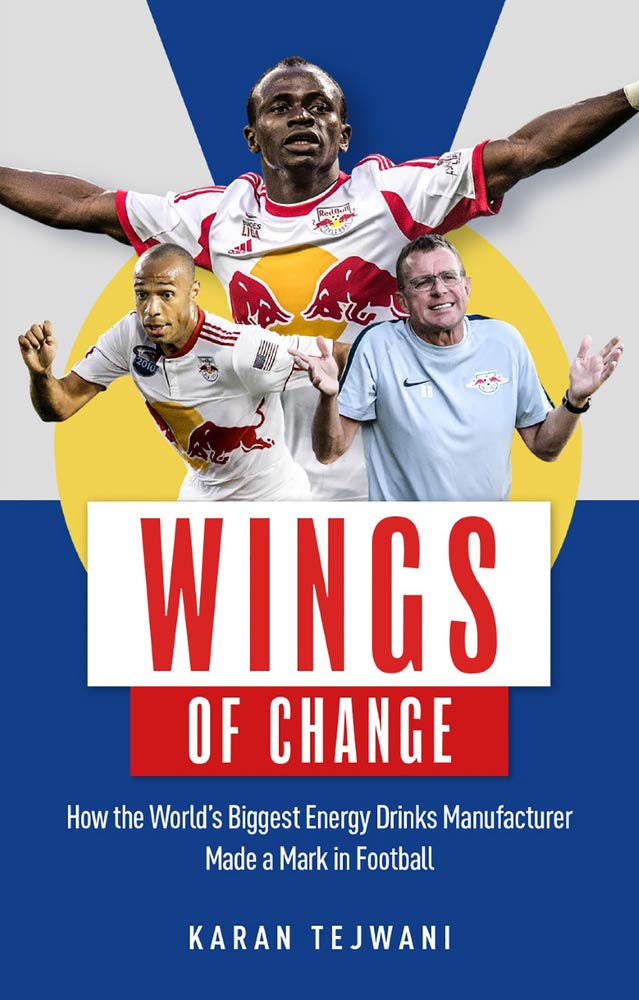Red Bull is a marketing phenonium. How an energy drink became a global giant on the back of innovative marketing is a fascinating business story. One small piece of that story is the interaction of the brand and football. As the company took over (or influenced) more and more clubs, the more interesting story became not the impact of the game on Red Bull, but rather Red Bull’s influence on the game of football.
Wings of Change is a detailed look at the relationship between football and Red Bull. After initially focusing on extreme sports, Red Bull took over the nearest team to their global headquarters in Salzburg, Austria. Similar projects followed in New York, Leipzig, São Paulo, and Ghana.
Horrifyingly to many, they proceeded to change the names, crest, and colours of the clubs. However what felt like a marketing stunt has become something much more tangible as the company have shown an aptitude for running a footballing empire and developing exciting young talent around the world.
After setting the broad background of the company and it’s initial steps into the world of football, the book zooms in and out as the story progresses. Generally the various club’s results and seasons are sketched at a high level as part of deep dives into the key personnel across the organization. The book is at its best when focusing on the fascinating stories of the young coaches, Julian Nagelsmann and Jesse Marsch, who have become among the most coveted in European football and the grand overseer of the football project, Ralf Rangnick. The section on New York Red Bull’s is also a fascinating insight into the club and MLS.
Tejwani is clearly an admirer of the results Red Bull have achieved, especially in developing coaches and players. At times there can be a bit too much praise, and a more critical eye on the impact of the organization on the wider leagues they operate in would have been welcome (there is some but it gets a little lost).
Overall this is a fascinating overview of Red Bull’s engagement in football and the key characters involved. The impact of their investment is only likely to grow overtime and this book offers a welcome focus on the type of corporate investment in a global football organization which is only likely to grow over time.
